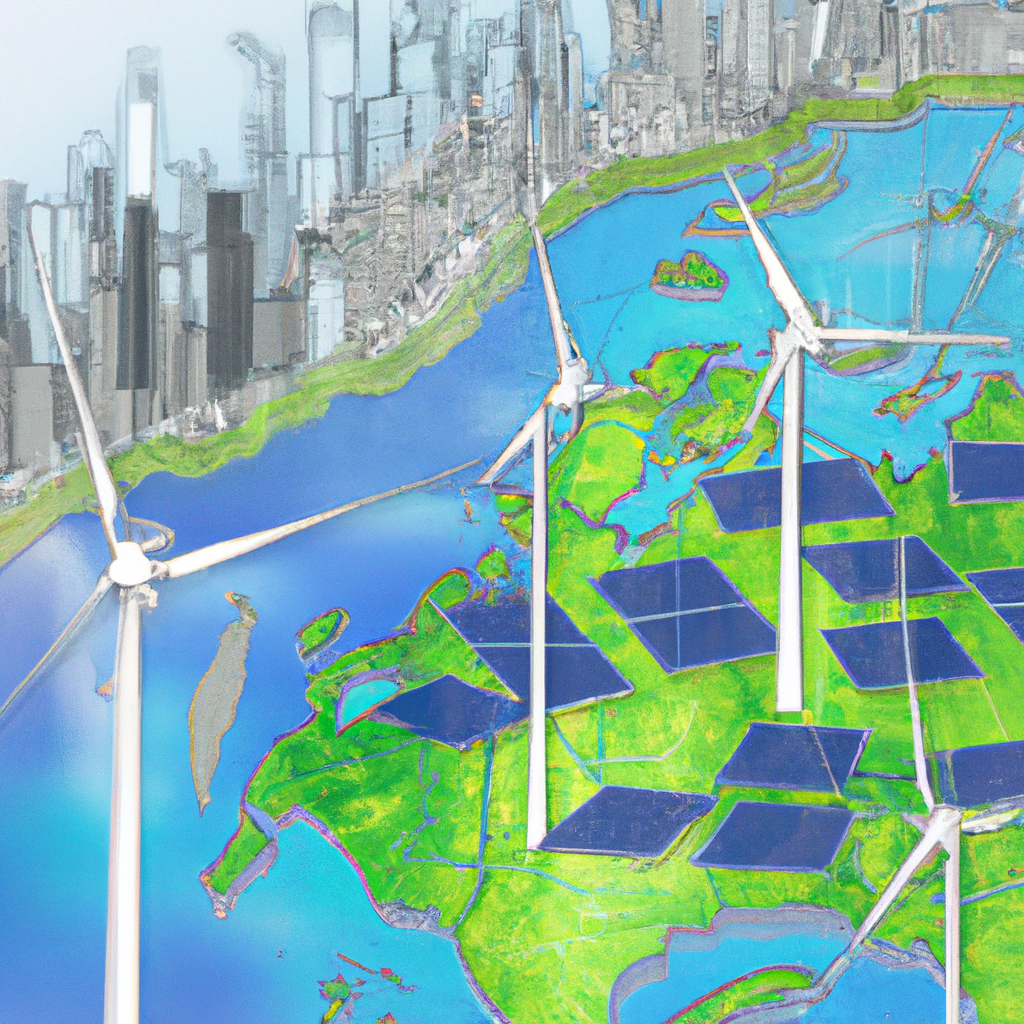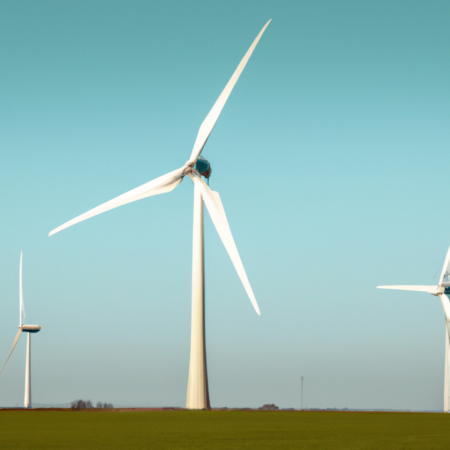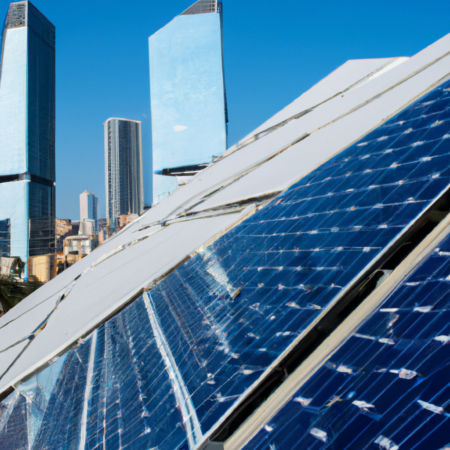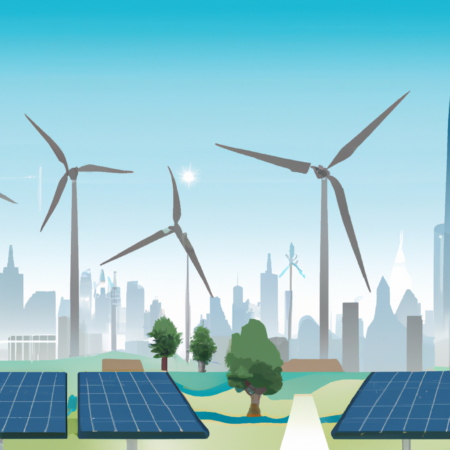Harnessing the Power of Renewables: The Future of Energy in 2025
As we step further into the second quarter of 2025, the global energy landscape is undergoing a transformative shift towards renewable sources. This shift is not only a response to the escalating climate crisis but also a strategic move towards sustainable economic growth and energy security.
The increasing viability of technologies such as solar, wind, and hydroelectric power is revolutionizing how nations harness, distribute, and consume energy. This blog post delves into the current trends, technological advancements, and policy frameworks shaping the future of renewable energy.
Current Trends in Renewable Energy
Recent years have seen a significant acceleration in the adoption of renewable energy sources. Solar and wind energy, in particular, are leading the charge, with installation rates growing exponentially across the globe. This surge is supported by both advancements in technology and a decrease in production costs, making renewables more competitive against traditional fossil fuels.
Moreover, the integration of smart grids and energy storage solutions is enhancing the efficiency and reliability of renewable energy systems. These technologies enable a smoother transition from intermittent energy sources to a steady, dependable power supply, crucial for both residential and industrial needs.
Technological Advancements Driving Change
Innovations in photovoltaic technology and wind turbine design are making these energy sources more efficient and less intrusive. Additionally, the rise of green hydrogen as an energy carrier promises a significant reduction in carbon emissions, particularly in industries that are hard to electrify.
Energy storage technology, particularly in the form of batteries and pumped-storage hydroelectricity, has also seen dramatic improvements. These advancements facilitate the use of renewable energy even when the sun doesn’t shine or the wind doesn’t blow, thus solving one of the biggest challenges of renewable energy dependency.
Policy Frameworks and Market Dynamics
Government policies play a pivotal role in the renewable energy sector. In 2025, many countries have introduced incentives for renewable energy investments and stringent regulations against high-emission energy sources. These policies have not only accelerated the transition to renewables but have also fostered a competitive and innovative market environment.
Market dynamics in 2025 show a clear favor towards renewable energy investments. With increasing public and corporate awareness of climate change impacts, there is a notable shift in investment from fossil fuels to sustainable energy projects. This trend is crucial for the long-term viability of the global energy market.
Looking Ahead: The Path Forward
The future of energy in 2025 and beyond looks promising with the continued adoption and integration of renewable energy sources. As technology progresses and policies become more supportive, we can expect a significant shift towards a more sustainable and secure global energy framework.
For policymakers, energy providers, and consumers, the focus must now be on scaling up efforts, investing in technology and infrastructure, and fostering a culture of sustainability and innovation to fully harness the potential of renewable energies.






